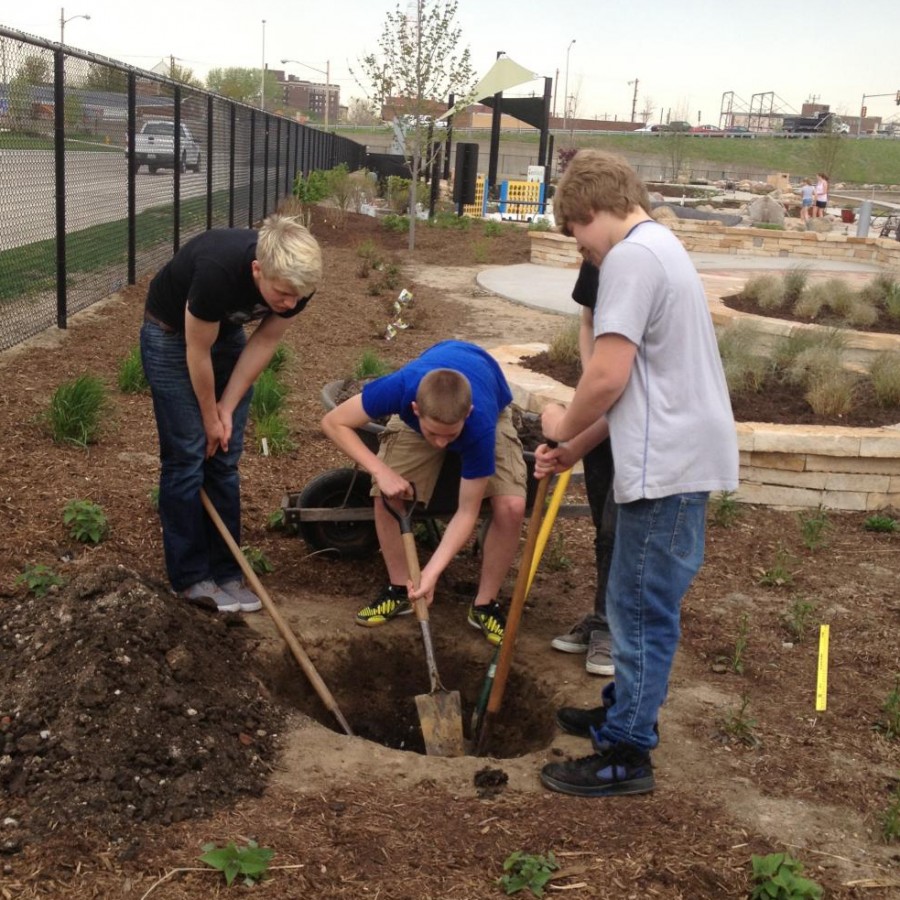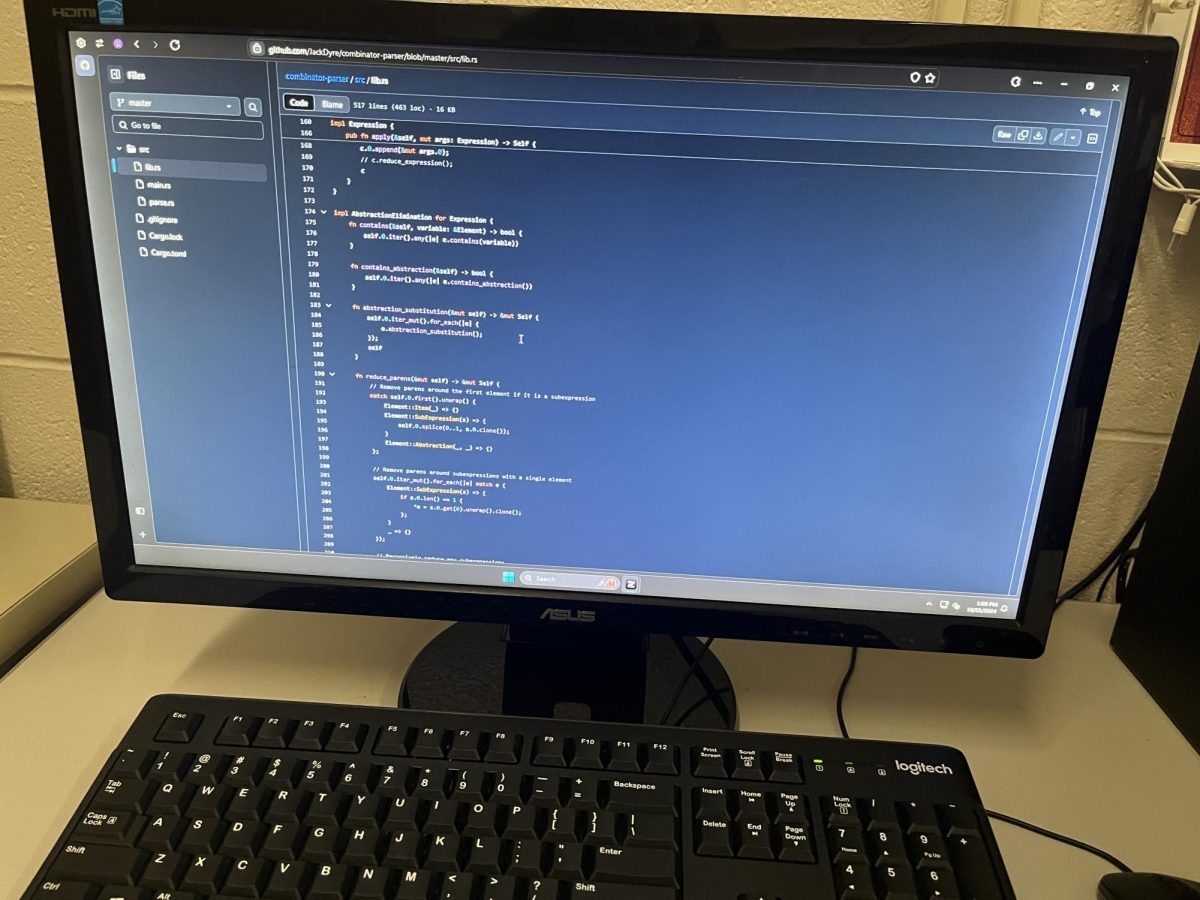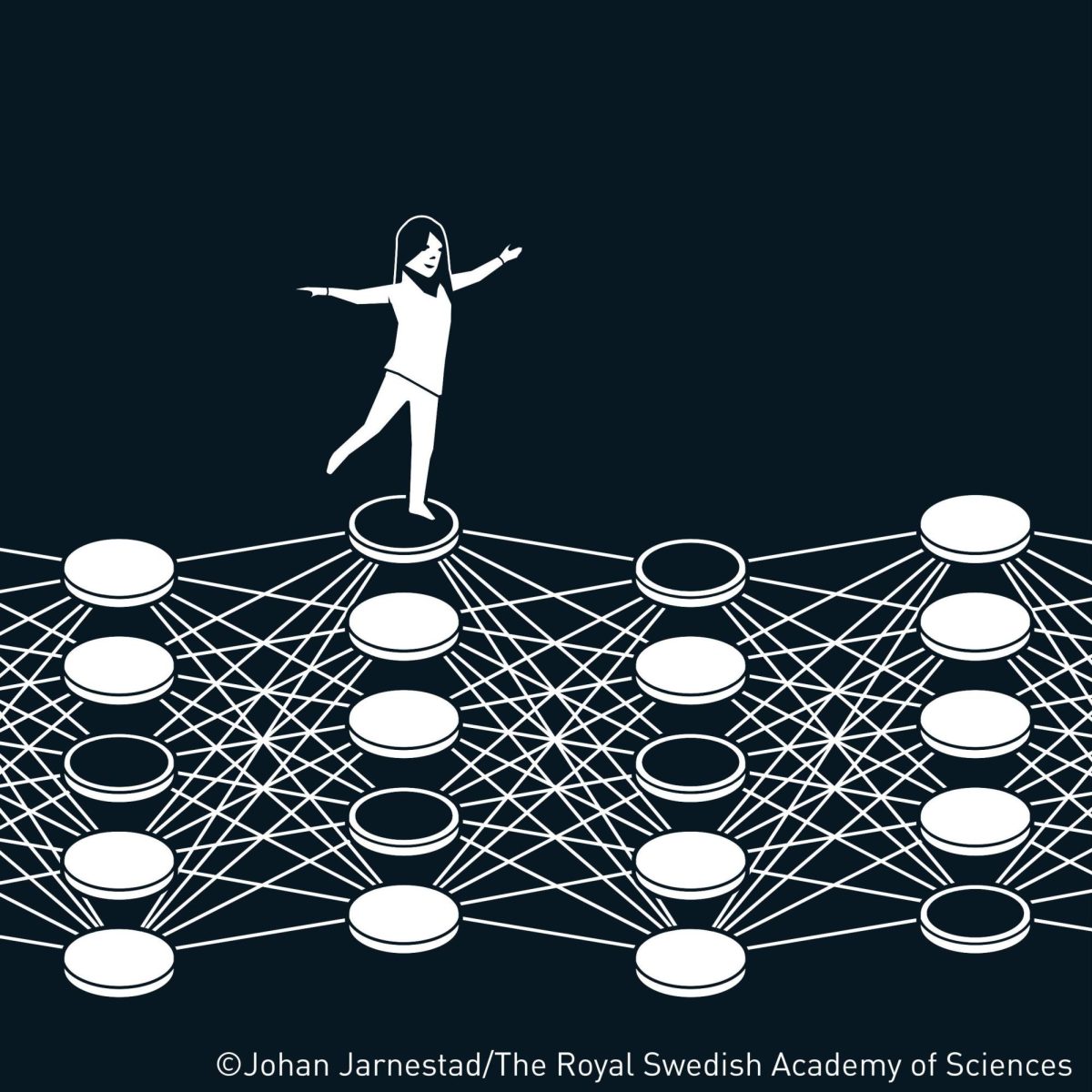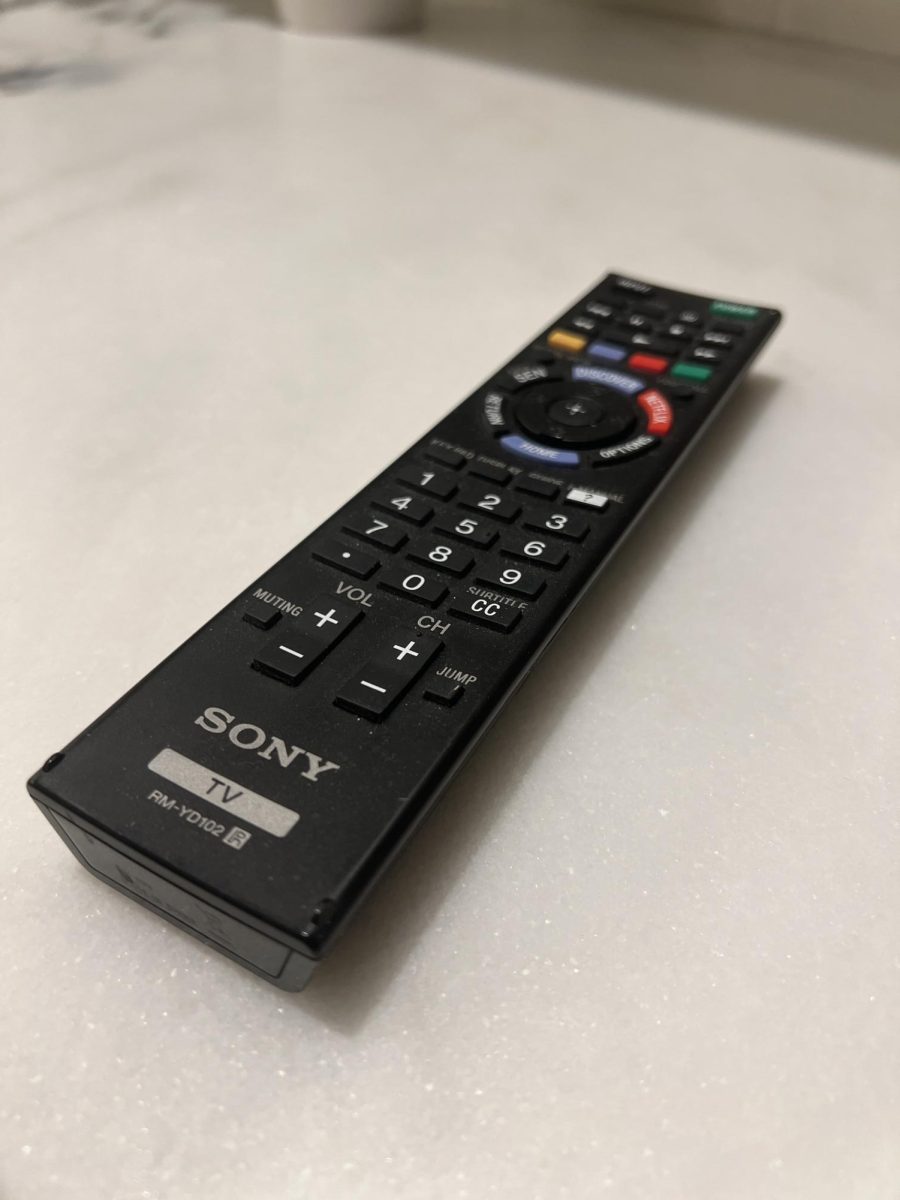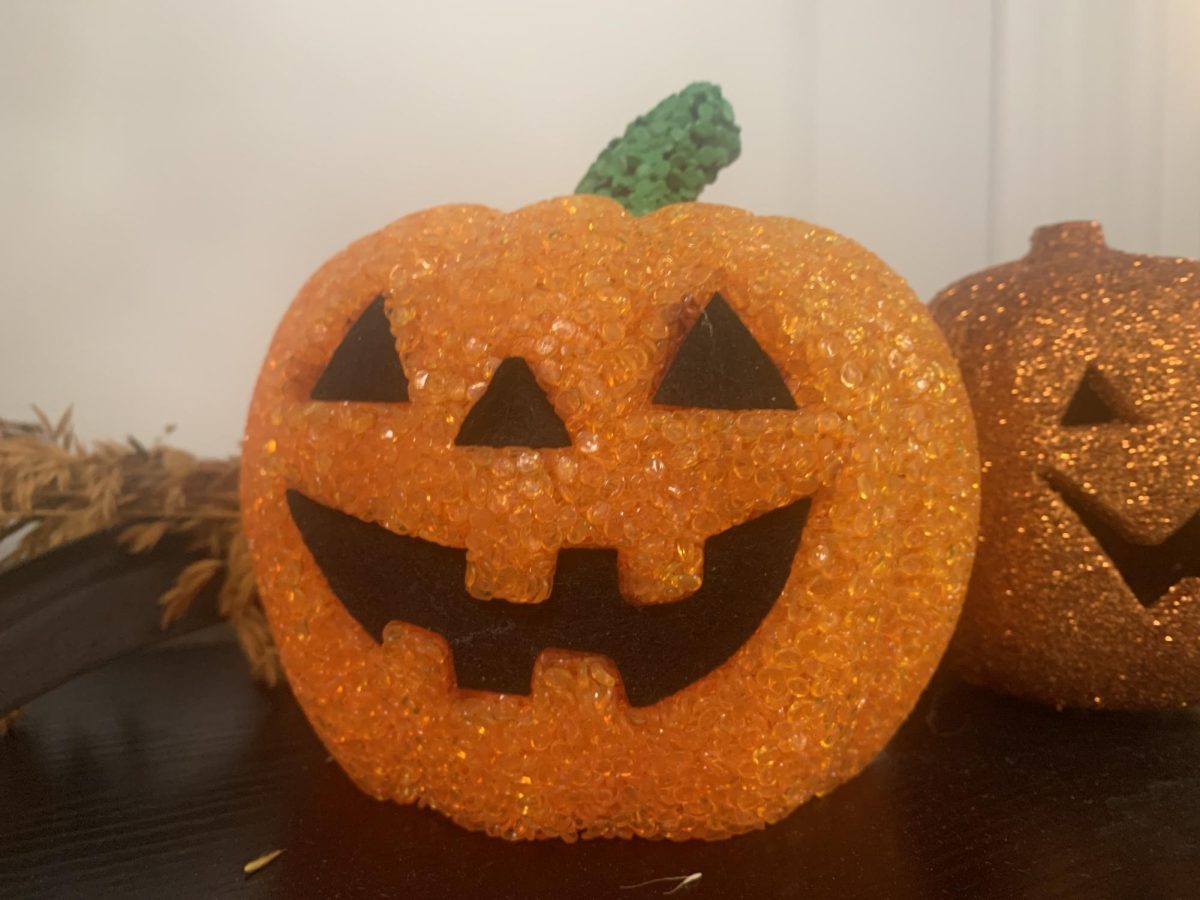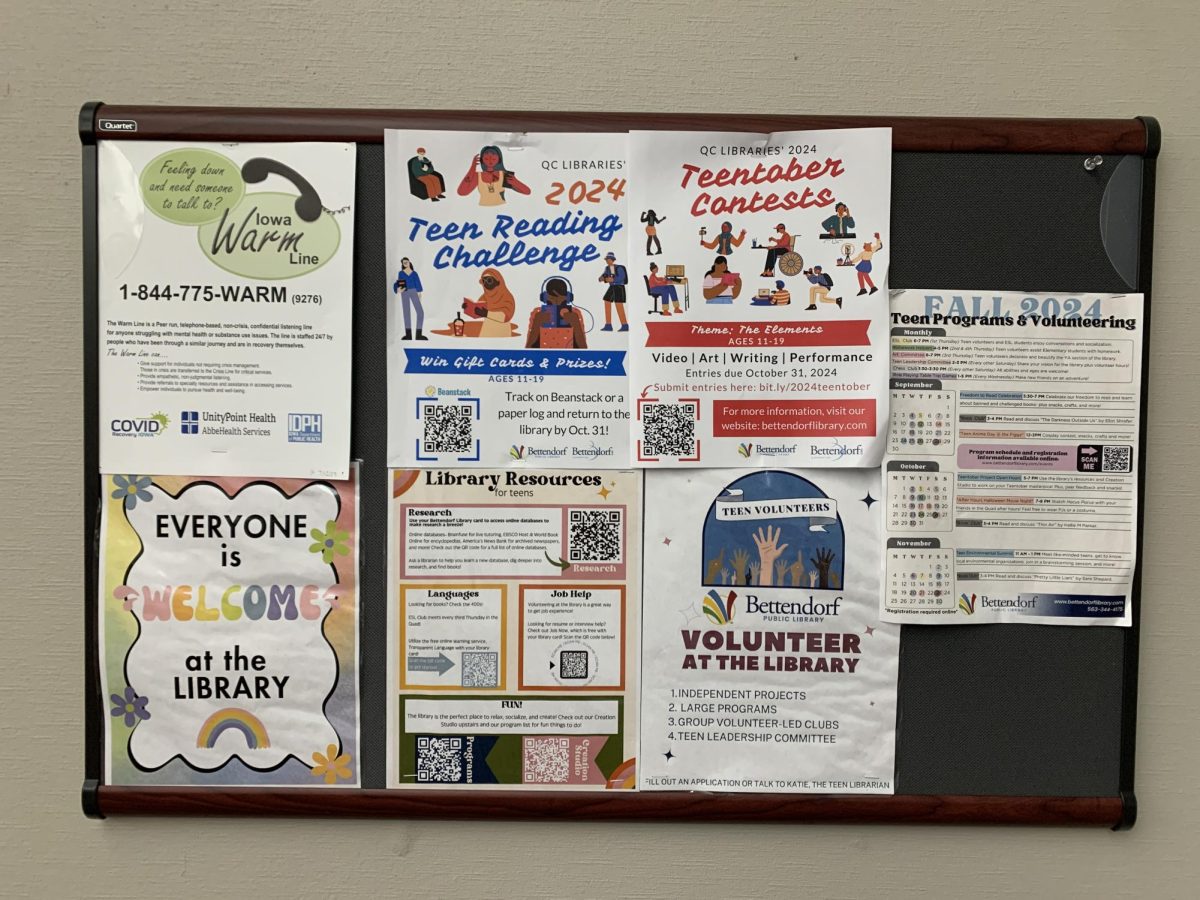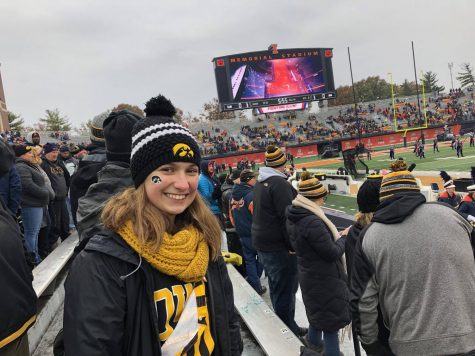While the core subjects in education are undeniably important to all high-achieving school districts, it is the lessons students can only learn outside of the classroom that have become the focus of Pleasant Valley’s required Service Learning program.
The program requires all high school students in the district to complete a minimum of 70 service learning hours throughout their four years of school. Emily Jepsen, the program’s coordinator at PV, is one of its biggest cheerleaders.
“Service learning is a blend of community service and learning activities so that both occur and are enriched by the other,” Jepsen explained on the program’s school site.
To date, PV students have totaled more than 404,000 hours volunteering in the community. Completion of the program, which is a graduation requirement, includes volunteer hours on an approved project, documentation and an oral presentation which serves as a reflection.
A popular choice for many students working on their service learning requirement is the Family Museum, a center to aid in the education of youth. Carissa Dewaele, the volunteer coordinator at the Family Museum, loves the service of PV student volunteers. “The students excel as special events volunteers who make it possible for us to have high-quality activities for thousands of visitors,” she said.
Dewaele believes volunteering at a young age leads to the creation of quality members of the community. “Volunteering in high school, or even earlier, has been shown to promote civic engagement later in life. So, the volunteering you do now might just help you be a better citizen in the future,” Dewaele said. “The more you volunteer, the more you open up to new experiences and learn about yourself, making you better prepared for your future.”
Students are able to choose from hundreds of places to provide service to the community. Many follow their interests and volunteer at organizations that help them prepare for their future.
The Family Museum specializes in programming for elementary aged children. “Many of our service learning students also use volunteering as a way to see if they would be interested in children’s education as a career path,” Dewaele said.
Another organization which hosts many PV volunteers is the Quad City Botanical Center. Kate Mapes, the Center’s office project coordinator, echoed the helpfulness this program has brought to her center. “The PV students are a huge help to us. We are a small non-profit with only nine employees. Our volunteers are the only way we can make everything happen,” Mapes said. “Volunteers come to us in a lot of different ways, and working with PV has been a huge benefit because it gives us a specific audience to tap into.”
Mapes believes in the benefits of youth involvement in volunteering. “It gets people out of their own bubbles. [Students] can learn about new places to go or what lives other people are experiencing,” Mapes said. “Volunteering helps teach how to interact in an unknown environment with unfamiliar people. It provides a safety net and a safe space to learn, grow, and practice these skills.”
Along with the impactful effects of service learning on the individuals who volunteer, their work with these organizations has paid off.
Dewaele said, “Volunteers contributed 6,250 hours of service to the Family Museum last year—that’s equivalent to three full-time employees.” Dewaele added, “Pleasant Valley’s Service Learning hours make up a quarter to one-third of that total.”
The Botanical Center holds an annual Winter Nights Winter Lights exhibit that is only possible due to the help of the volunteers. “We utilized over 350 volunteer hours to hang light strings all over our gardens and plants to create an amazing experience,” Mapes said.
The district believes the program provides students with a unique and important learning opportunity and, according to the program’s webpage, “binds, utilizes or provides a framework for academic and civic skills.”



